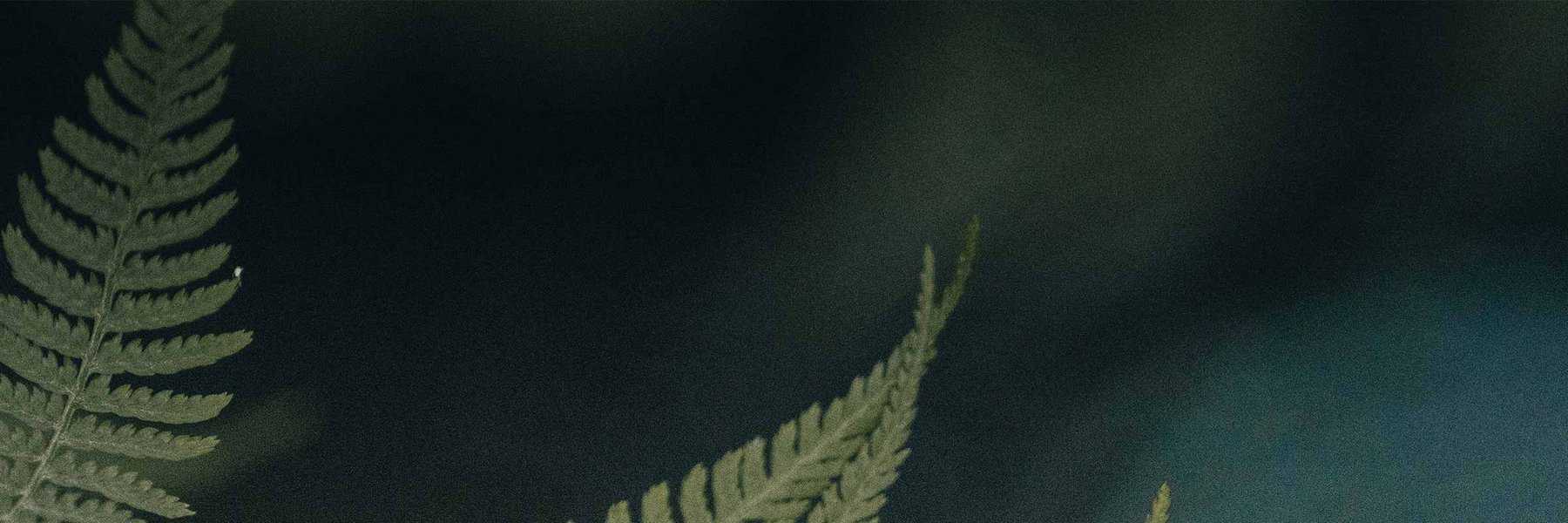Hōhā Riha: Pest Insect Control in Māori Tradition
November 2022
Publication: The Journal of the Polynesian Society
Author(s): Mercier OR, Palmer S, King Hunt A.
Ongoing Māori connections to natural environments mean that tangata whenua ‘people of the land’ and mātauranga Māori ‘Māori knowledge’ must be key to identifying, designing and advancing national conservation strategies, including health of native species and making decisions about pest control. We revisit whakataukī ‘Māori proverbs’ and early ethnographic texts to explore how so-called pest insects were traditionally viewed by Māori. What species did Māori consider to be pests prior to European arrival? How were these managed? Was eradication a goal? Were insects ever considered riha ‘pests’ in “wild”, non-cultivated environments? We review accounts of damaging insects and their management strategies, which included extraction by hand, poisons, use of karakia ‘incantations’, fire and even biocontrol. These findings are reported within a hōhā riha ‘bothersome pests’ typology, indicating degrees of “pestiness”. Māori were pragmatic, turning “pests” into resources for other purposes. Māori were observers and participants in ecosystems, and many whakataukī link human behaviour to troublesome insects. We comment upon whakapapa ‘genealogy’ as an inclusive system of biodiversity and discuss Māori conceptions of “wilderness”.
